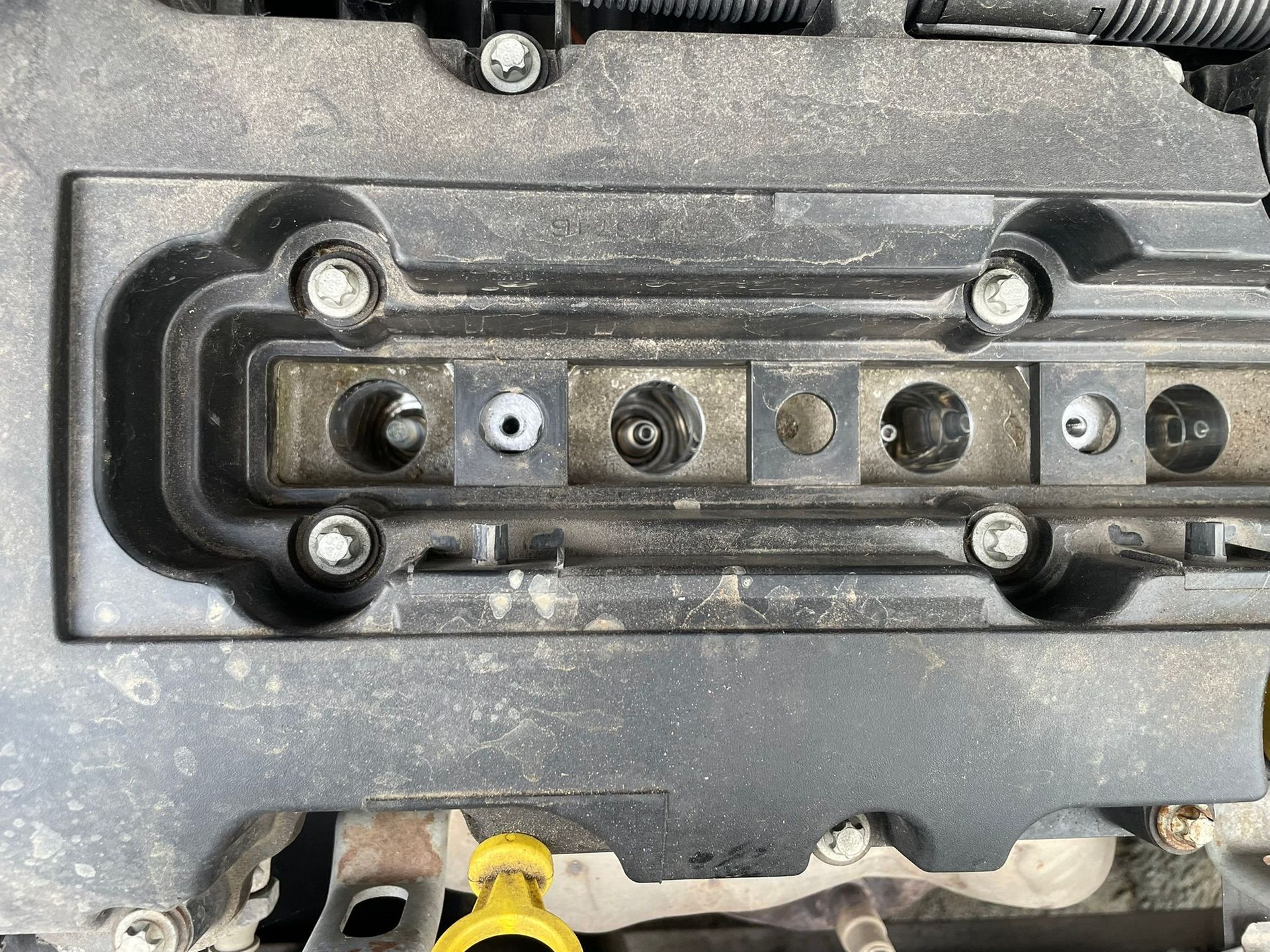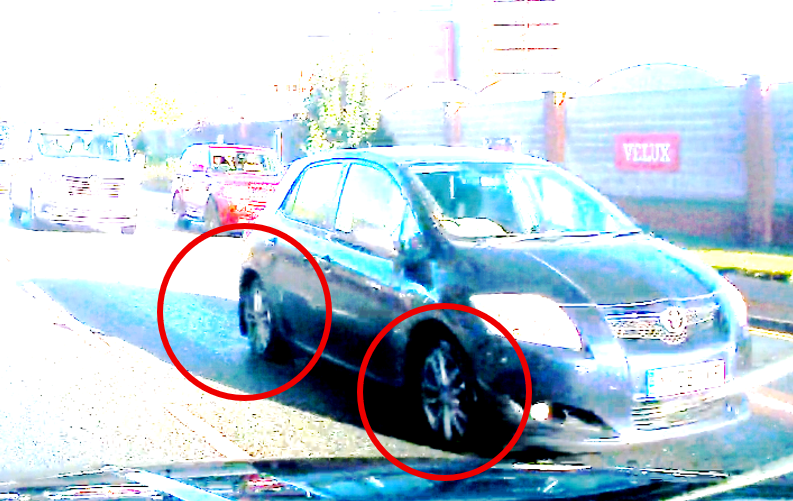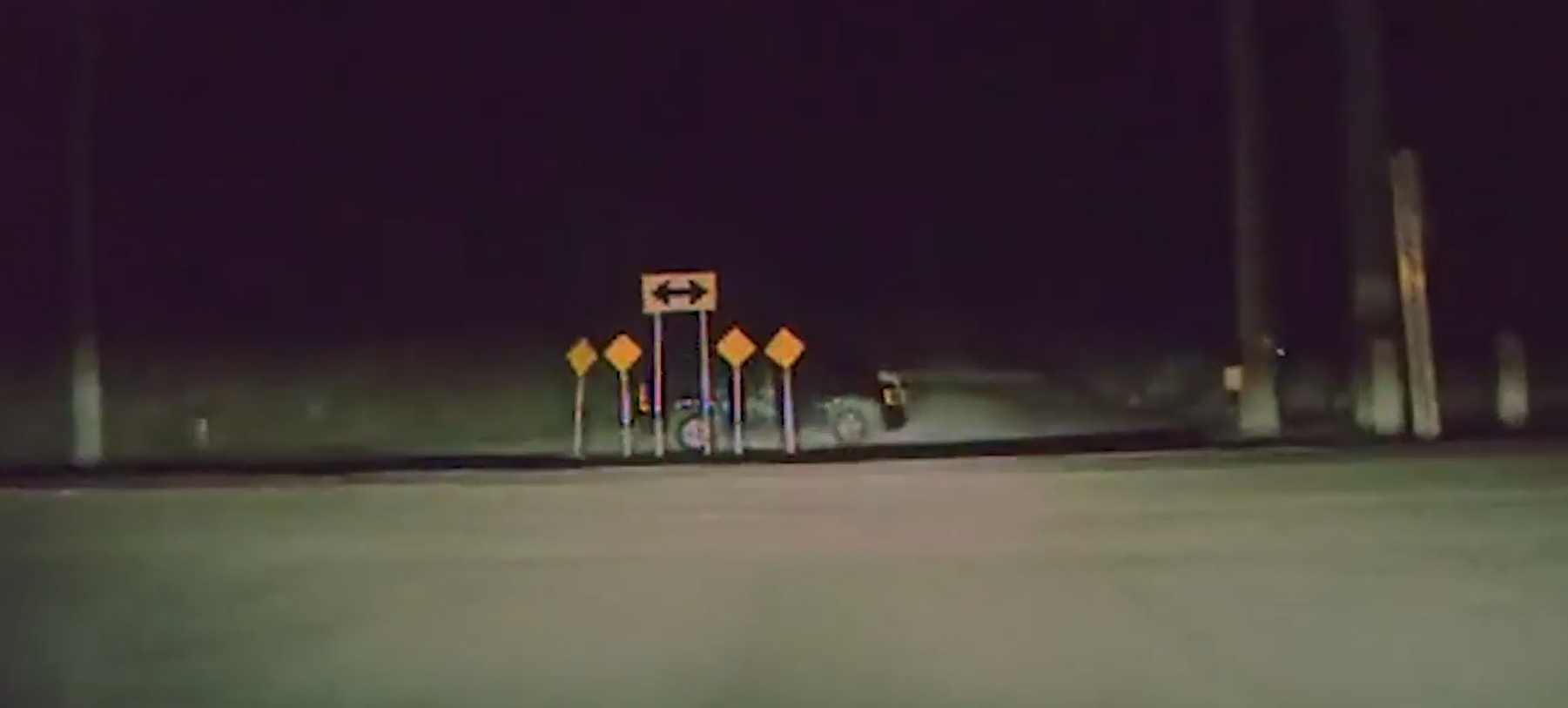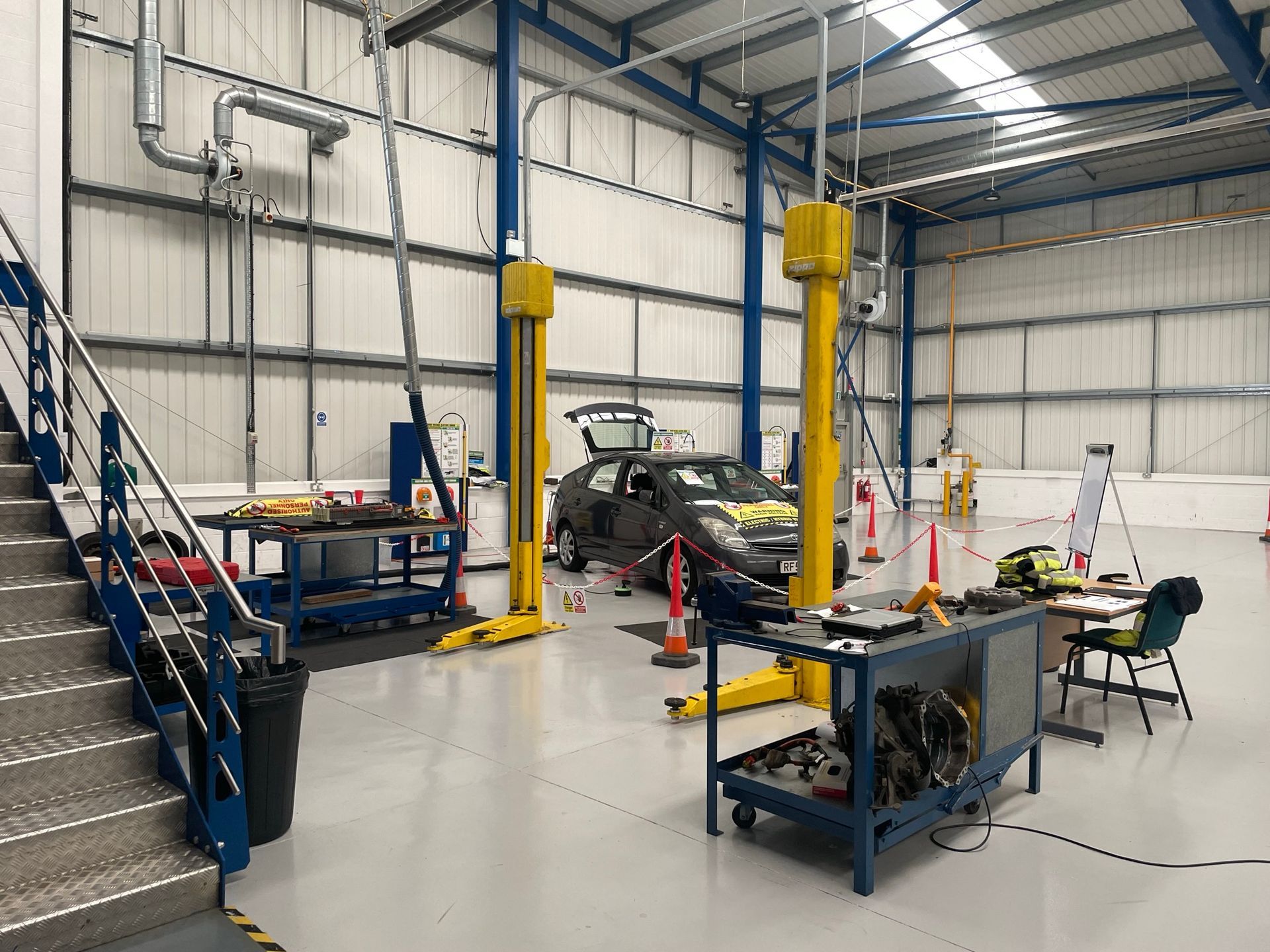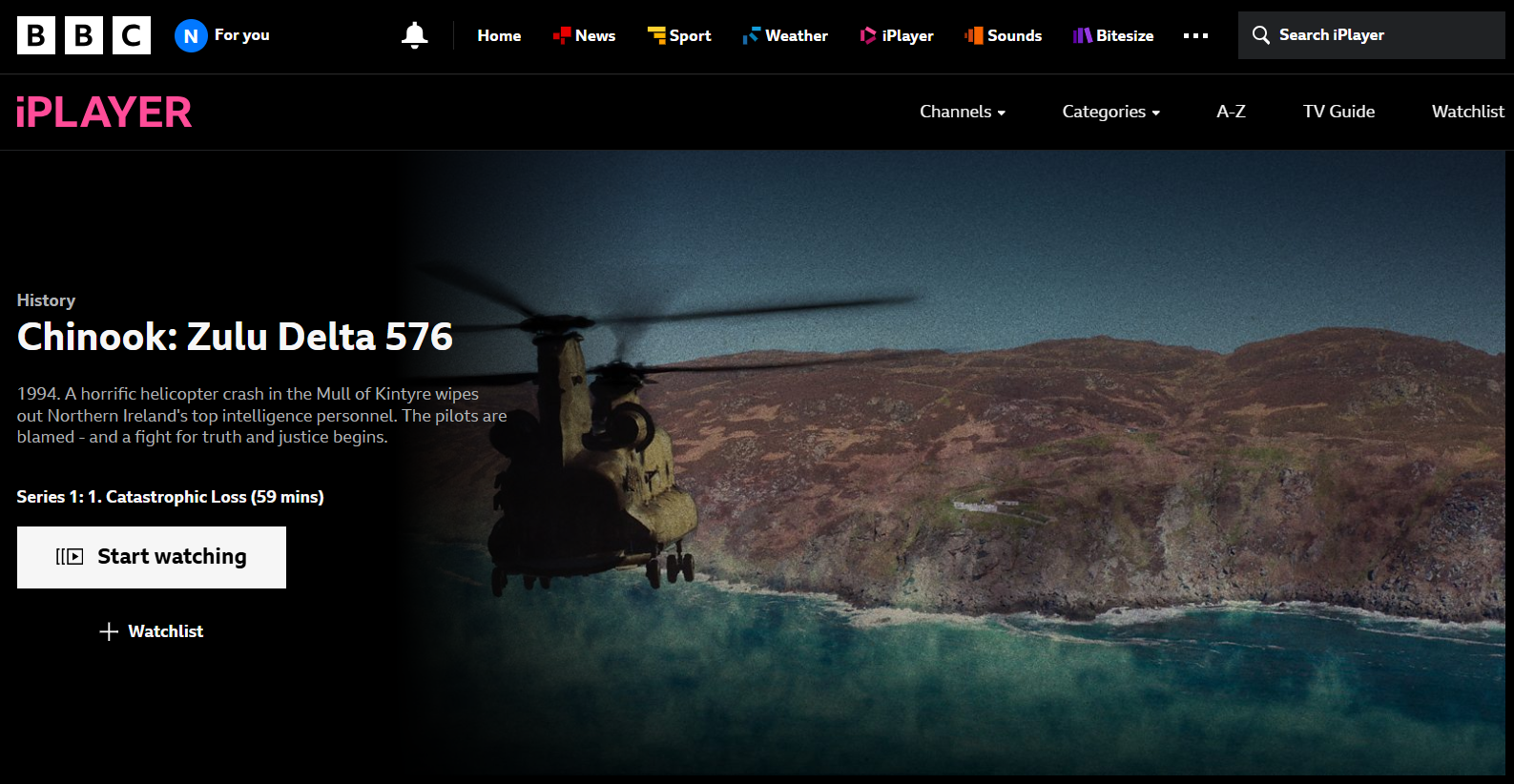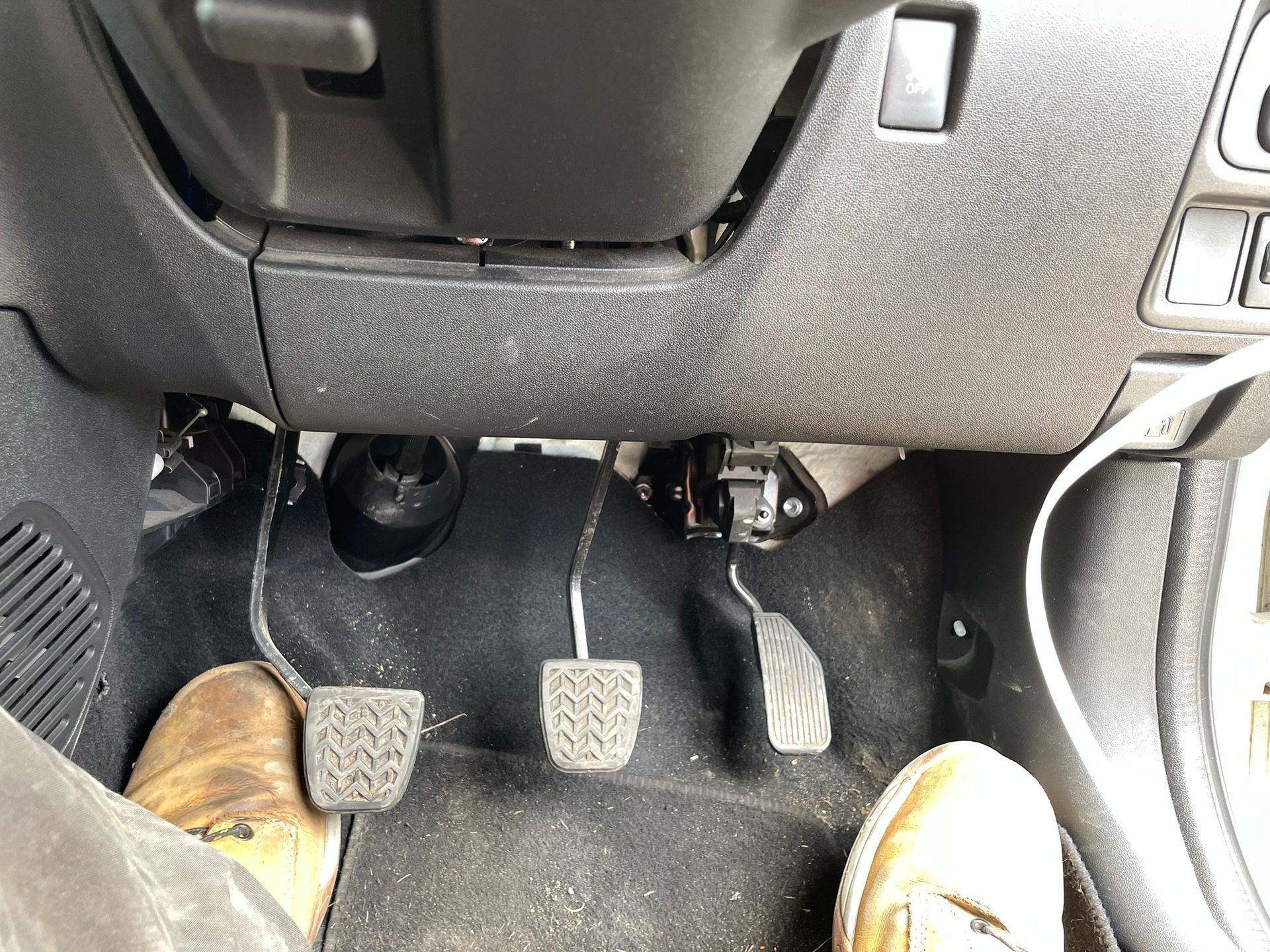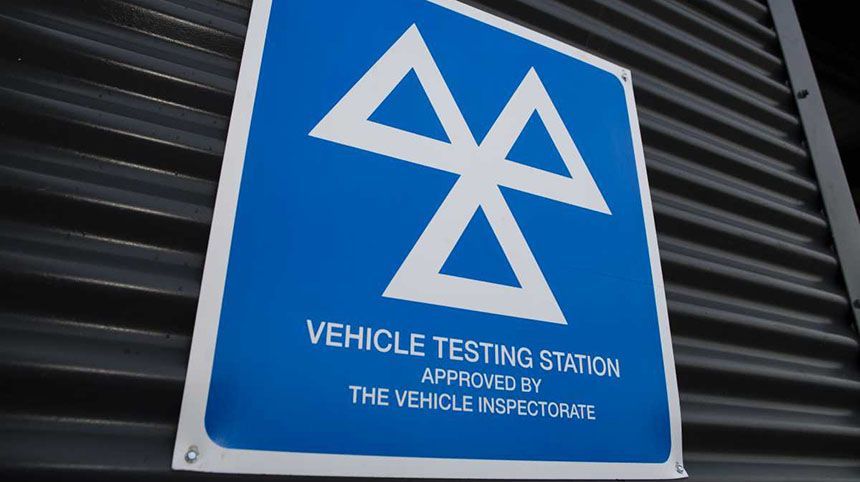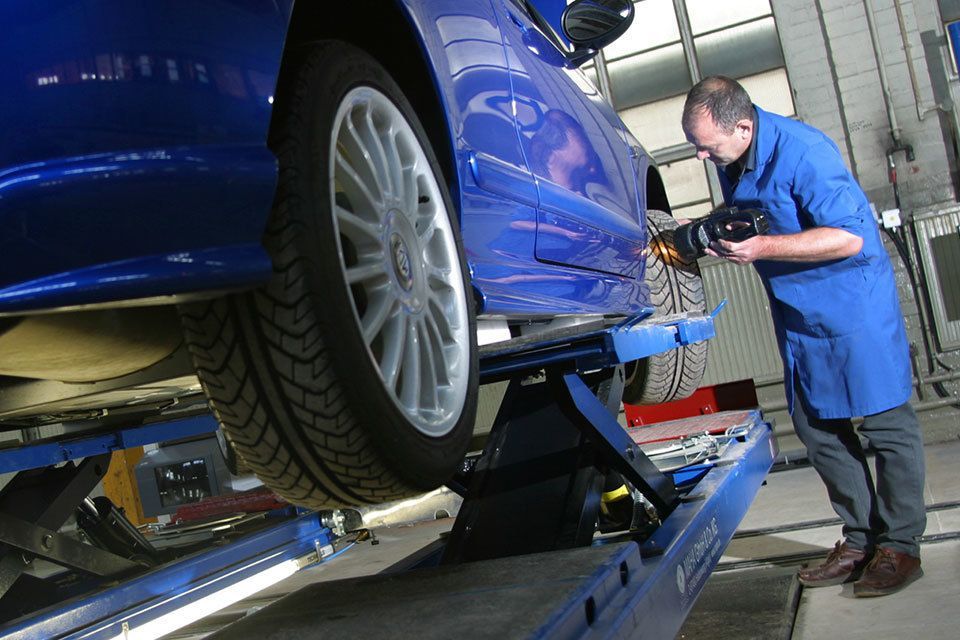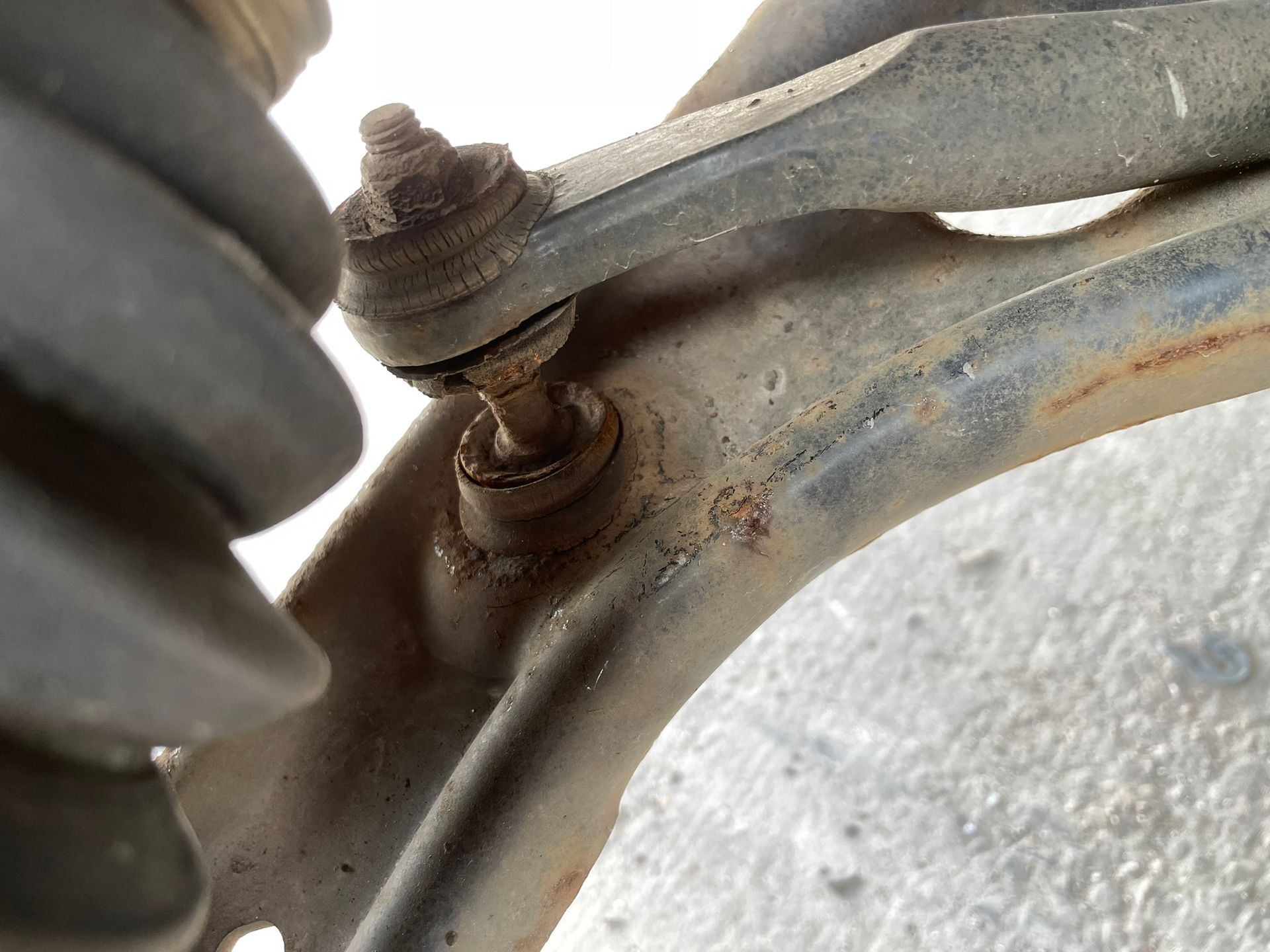5 pitfalls of EDR crash data
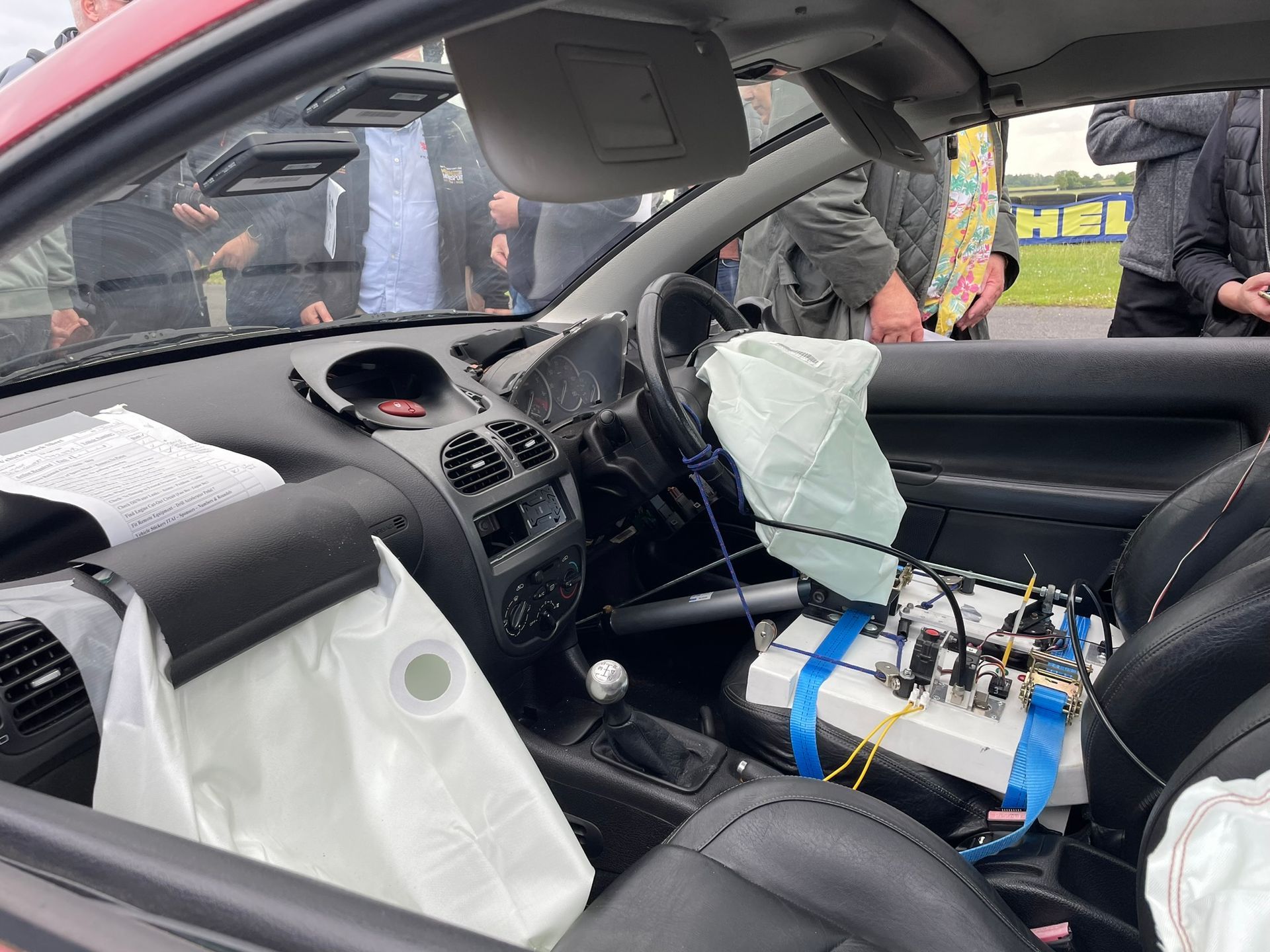
In collision reconstruction, EDR (event data recorder) can be provide a wealth of information, which can help answer many questions that traditional collision reconstruction techniques could not hope to answer, but they also come with their own pitfalls.
Here are what I consider to be the 5 pitfalls of EDR crash data.
1. Time and date are rarely recorded
2. Data can be overwritten
3. It is a small snapshot in time
4. Data needs corroboration
5. Infinite legal issues
Time and date. There are some instances where recovered data includes a physical time and date, but invariably the data is matched to a key cycle or ignition cycle making matching the physical event to a collision more difficult, but not impossible.
Overwritten data. Each manufacturer is different, but there are some instances where data can be overwritten. The best way to make sure data isn’t overwritten, is to have it imaged or downloaded as quickly as possible.
Small snapshot of time. Generally, EDR data records up to 5 seconds and if you are lucky, you might get up to 10 seconds where there are multiple collisions.
Data corroboration. Due to the issues mentioned earlier, specifically around a lack of time and date, the data always needs some corroboration. Either through matching description of events, CCTV or other methods.
Legal issues. EDR data is generally used in a legal setting, whether criminal or civil. Like all legal issues, legal teams are experts are finding legal questions. These legal issues can range from ownership of data, what legal instrument was used to acquire the data, how it has been stored or processed to name but a few.

